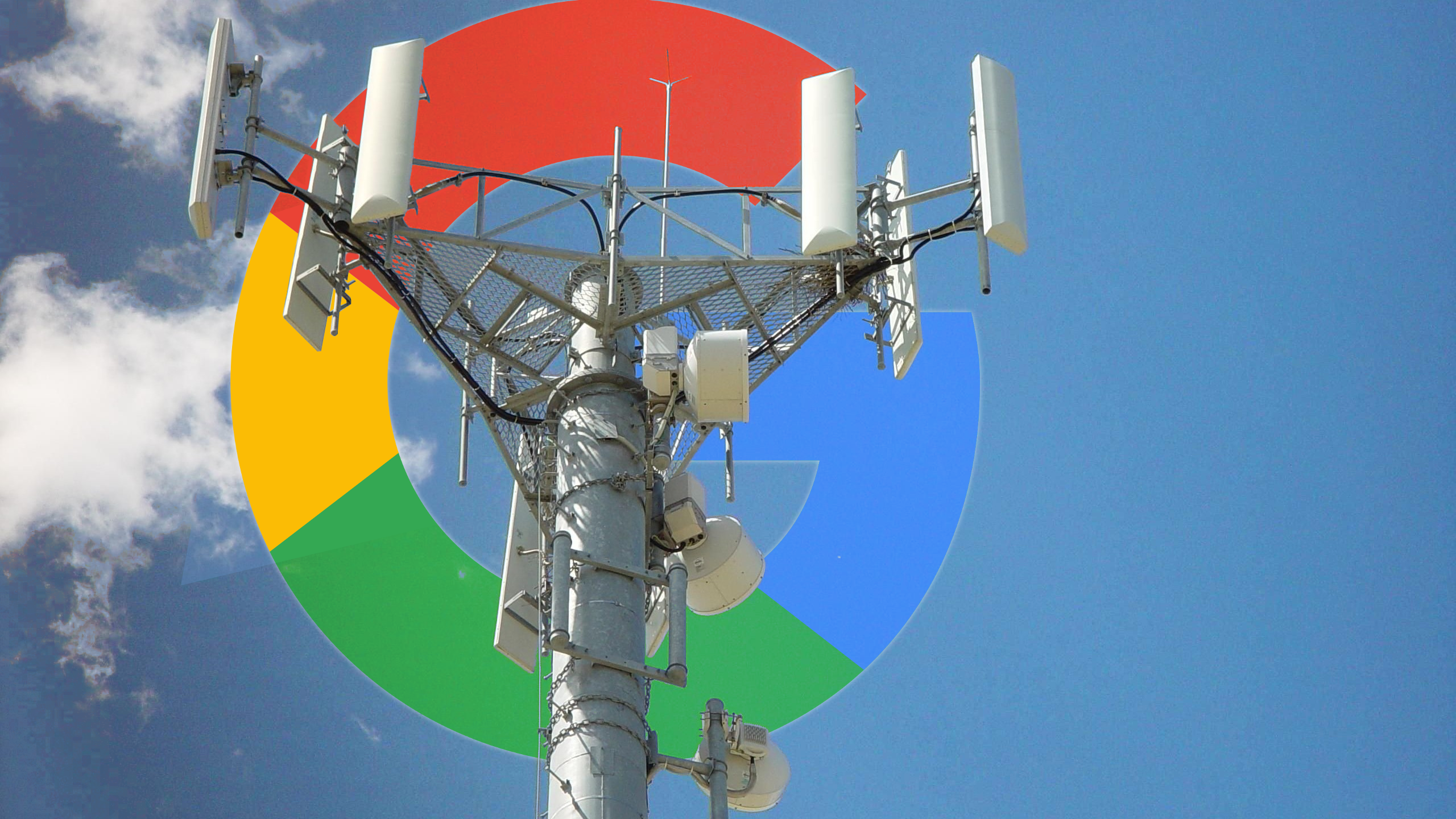SAN FRANCISCO – Android 16 has introduced groundbreaking tools to combat stingray surveillance, enhancing user privacy and security.
Stingray devices, known for their ability to impersonate cell towers, pose significant risks by extracting sensitive information from mobile phones. While typically used by military and law enforcement, these devices can also fall into the hands of criminals, endangering everyday users. In response, Android 16’s latest update aims to mitigate these threats with advanced protective measures.
Immediate Impact
The latest Android update equips devices with tools to identify and alert users of potential stingray attacks. This development is crucial as stingrays can collect data from all nearby devices, revealing sensitive information such as the International Mobile Subscriber Identity (IMSI).
Stingrays can collect sensitive data from every local device simultaneously.
Key Details Emerge
Google has been progressively enhancing Android’s defenses against stingray devices. Android 12 introduced the ability to disable 2G connectivity, while Android 14 allowed users to block null ciphers. With Android 15, notifications were added for attempts to access device identifiers.
However, these features depend on having a modern modem and version 3.0 of Android’s IRadio HAL. Consequently, not all devices, including some Pixel 9 models, can access the new “Mobile network security” settings.
Automated Alerts and Network Security
Android 16 now includes settings under Settings > Security & privacy > Safety Center:
- Notifications: Alerts users when connecting to unencrypted networks or when a carrier attempts to access the phone’s unique identifiers. This feature is off by default.
- Network Generation: A toggle for disabling 2G connectivity, also off by default.
Notifications and 2G disabling are only available on devices with compatible modems.
Industry Response
The announcement comes as security concerns over unauthorized surveillance continue to rise. Qualcomm’s previous attempt to introduce an SMS warning service for stingray attacks in 2021 did not gain traction, highlighting the need for integrated solutions within operating systems.
What Comes Next
Google’s efforts to protect users from stingray threats are ongoing. As the technology evolves, the company anticipates that future devices, such as the Pixel 10, will support these advanced security features. Until then, users with compatible hardware will benefit from enhanced protection against these sophisticated surveillance tools.
Meanwhile, industry experts warn that the widespread adoption of these protective measures is crucial as stingray technology becomes more accessible to malicious actors.
Background Context
Stingrays, or IMSI catchers, have been a concern for privacy advocates due to their ability to intercept communications and track locations. The timing is particularly significant because of increasing public awareness and demand for privacy controls in digital devices.
According to sources familiar with the technology, Android’s ongoing enhancements represent a significant shift from previous security measures, focusing on proactive alerts and user empowerment.
Expert Analysis
Security analysts emphasize the importance of these updates. “By integrating these features directly into the operating system, Android is taking a proactive stance against unauthorized surveillance,” said a leading cybersecurity expert. “This move sets a new standard for mobile security.”
The move represents a significant shift from reactive to preventive security measures, ensuring that users are informed and protected against potential threats.
As technology advances, the need for robust security measures becomes more pressing. Android’s latest update is a step forward in safeguarding user privacy in an increasingly interconnected world.
